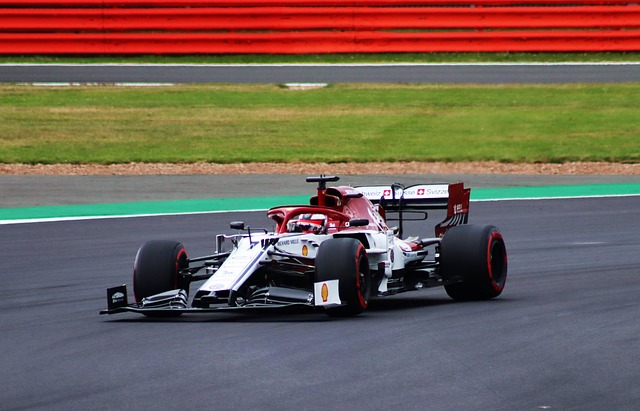Silverstone Circuit, one of the most iconic tracks in motorsport history, has evolved from a World War II airfield to a global stage for high-octane racing events. Located in Northamptonshire, England, Silverstone is synonymous with the British Grand Prix and has become a symbol of British motorsport excellence.
Origins: The Airfield Era
The story of Silverstone begins during World War II when it was constructed in 1943 as a Royal Air Force bomber station. Its three runways, arranged in a triangle, were designed to handle the heavy bombers of the era. However, as the war ended, the need for such airfields diminished, leaving Silverstone with an uncertain future.
Transformation to a Race Track
In the late 1940s, with the burgeoning popularity of motor racing, Silverstone was repurposed into a racing circuit. The first race meeting took place in 1947, an impromptu affair organized by a group of enthusiasts, famously known as the “Mutton Grand Prix” due to a sheep wandering onto the track. The official first race was held in 1948, marking the beginning of Silverstone’s illustrious racing history.
The Birth of the British Grand Prix
1948 also saw Silverstone hosting the inaugural British Grand Prix, an event that would become a cornerstone of the Formula One World Championship. The 1950 British Grand Prix was particularly significant as it was the first race of the newly established Formula One World Championship. Italian driver Giuseppe Farina won the race in his Alfa Romeo, setting the stage for Silverstone’s reputation as a premier racing venue.
Evolving Circuit Layouts
Over the decades, Silverstone has undergone numerous modifications to enhance safety and improve the racing experience. The original layout, utilizing the runways and perimeter roads, was transformed with the addition of corners like Copse, Becketts, and Stowe, which have become famous in their own right. Each iteration of the circuit has balanced the need for speed with the imperative of driver safety, a constant in the evolving world of motorsport.
Modern Era and Facilities
The 1990s and 2000s saw significant investment in Silverstone’s infrastructure. The construction of the modern pit and paddock complex, known as “The Wing,” was completed in 2011, providing state-of-the-art facilities for teams, drivers, and spectators. The circuit layout was also modified to include the Arena section, adding new challenges and increasing overtaking opportunities.
Beyond Formula One
While Formula One is Silverstone’s flagship event, the circuit hosts a variety of motorsport disciplines. The British round of the MotoGP, the Silverstone Classic, and the World Endurance Championship are just a few of the prestigious events held at this historic track. Its versatility and modern facilities make it a hub for motorsport activities year-round.
Cultural and Economic Impact
Silverstone’s influence extends beyond racing. It has become a cultural icon, drawing fans from around the world and contributing significantly to the local and national economy. The British Grand Prix weekend is one of the highlights of the sporting calendar, attracting hundreds of thousands of spectators and millions of television viewers.
Looking Ahead
As Silverstone approaches its eighth decade, it remains at the forefront of motorsport innovation. Investments in sustainability, fan engagement, and track improvements ensure that Silverstone will continue to be a centerpiece of global motorsport. The circuit’s rich history and ongoing development reflect the dynamic nature of racing and its ability to adapt and thrive in a changing world.
In summary, Silverstone Circuit’s journey from a wartime airfield to a world-renowned racing venue is a testament to the passion and dedication of the motorsport community. Its storied past, coupled with its commitment to the future, ensures that Silverstone will remain a beloved and iconic destination for racing enthusiasts for generations to come.
